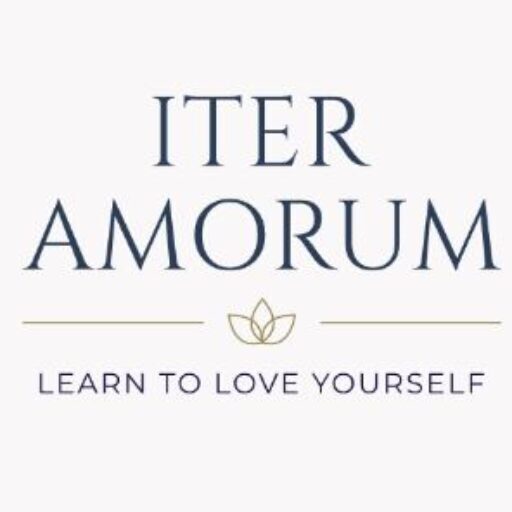Published on September 27, 2024
INTRODUCTION AND OBJECTIVE

COMPARISON Stausberg and his ideas about comparison | Abstract – In Chapter 1.2 “Comparison”, in the book The Routledge Handbook of Research Methods in the Study of Religion Michael Stausberg states that comparison is a method and a research design for the study of religion. We will find out how this method is used in three different studies that take religion as their subject. Nicoleta Spiridon – Historical and anthropological perspectives on religion |
In chapter 1.2 “Comparison”, in the book The Routledge Handbook of Research Methods in the Study of Religion (ed. Stausberg & Engler), Michael Stausberg approaches the idea that comparison is a method and a research design used to study religion.
Starting from his point of view, this paper will focus on the other three studies to understand how the comparison was used there and how their authors achieved their purpose by proposing this method of study.
In the book Reader in Comparative Religion, three studies, approaching different subjects, use comparison as a method of study and they are the following Divination as a phase in a social process by Victor W. Turner, Social Hair by C. R. Hallpike, and The Abominations of Leviticus by Mary Douglas.
RESULTS
In his study Divination as a phase in a social process, Victor W. Turner presents the way divination serves as a way of living in the African society of Ndembu characterized by the absence of a centralized political system (Turner, 1979, p. 373).
There is no need to read more – though for a deep apprehension of this study, it is necessary to go through all the pages – to capture the idea that at the foundation of Turner’s paper lays a comparison that can be considered racist – by mentioning this, we need to take into consideration the statement of Michael Stausberg that stipulates that all comparisons used in the academic environment can be “engaged in bad faith” (Stausberg, 2013, p. 22).
Mr Turner presents the Ndembu society through the eyes of a man that is accustomed to the concepts such as politics and governments which he considers the normality, but on a broader way of seeing things, nobody can tell precisely that one society is standard/typical and another one is not just for the fact that there are not used the same traditions or the usual of organization. Mutatis mutandis, the same situation can be generated if a Ndembu scholar would start to write a comparative study about the American society.
Knowing from Mr Turner’s study that divination serves as well as a medical system or a justice department (see the concept of “white liver” attributed to the good man) (Turner, 1979, p. 374) we cannot stop wondering what will be the opinion of a Ndembu scholar about a surgery room?
At the first glance one individual, who claims to be an honest scholar without any judgmental views, needs to place themselves outside of what they know and absorb and present any subject through a looking glass that is not distorted nor will modify the reality.
C. R. Hallpike’s study Social Hair looks at the symbolism of hair as it is seen in various types of societies that attribute a deep meaning to a part of the human body that was the subject of many biblical stories or myths – the hair.
Based straight forward on a comparison between sexual behaviour and the meaning of someone’s hair, Hallpike stipulates that the head means the phallus, and the hair means the semen, therefore cutting the hair means castration, and, maybe, this assumption can be very strong in a community of monks who swore their chastity vows (see the Catholic tonsure now abolished).
As Stausberg states in his study about comparison (Stausberg, 2013, p. 26), different contexts and various timings can modify the findings of a paper based on this method, so Hallpike’s assumption that cutting the hair means castration can not be applied to the Ancient Egypt society that obliged their members to shave their whole bodies to keep the cleanness.
More than this, Hallpike’s comparison between the human head and phallus cannot be understood by a child whose world does not imply such symbolism.
Pushing forward the context, in Ancient Rome the men were all shaved as a sign of nobility hence the word barbarus, barbari for the men that belonged to the conquered societies, in this regard see on Trajan’s Column the Dacian people who were proud of their beards.
Going back to Stausberg study about comparison, we can conclude that Hallpike’s research about social hair needed to be put in various historical contexts, thus it has the merit to mention the habit of Jewish people shaving their heads while mourning their dead.
The third study, called The Abominations of Leviticus by Mary Douglas, discusses the taboo of eating pork for Jewish people, a law that is stated in Leviticus hence the title of this work.
I will start with the idea that the worm is the prototype of swarming, as Mary Douglas states (Douglas, 1979, p. 152) in her study, and the connection between whole and holly is reiterated in Leviticus, the Third Book of Moses in which people of Jerusalem are taught what do and what and when to eat.
The list of forbade food is long and assumes that those animals that are not familiar should not be eaten. The curiosity is generated by the taboo of eating pork, thus this animal was familiar to Jewish people, as we read in Matthew 8:28–34.
But Mary Douglas tries to explain why the pig is rejected by Leviticus by using a comparison between this animal and others that the Jewish people raised to use the parts of their bodies such as milk and wool. So, citing economic reasons, Douglas gives this rejection a financial cause, while the main reason states the fact that the People of Israel were a nomadic society and this style of living was not an easy one, therefore keeping the flesh of a freshly slaughtered pig was an almost impossible task.
Although a good reason for explaining this taboo, the comparison seems a little forced in the virtue of science and objectivity, since this method of study, as Stausberg says, is time-consuming and “requires extensive preparation” (Stausberg, 2013, p. 29).
DISCUSSION / SUMMARY
Thus, an often-used method of study and research, the comparison has its faults that can lead to confusion and inaccurate findings in a study that does not pay attention to several factors that can influence the work.
In conclusion, this method should be used when the researcher has certainty with the following factors that imply all the elements involved in the comparison:
- Historical and geographical contexts should be the same.
- Social systems should be similar.
BIBLIOGRAPHY
Engler, S. and Stausberg, M. (2013). The Routledge Handbook of Research Methods in the Study of Religion. Routledge.
Lessa, W.A. and Vogt, E.Z. (1979). Reader in Comparative Religion : an Anthropological Approach. Harper.
